II W.W.
| BEFORE II W.W. | II W.W.
|
AFTER II W.W. |
| UPDATED MAR 2024 | ME - CONTACT |
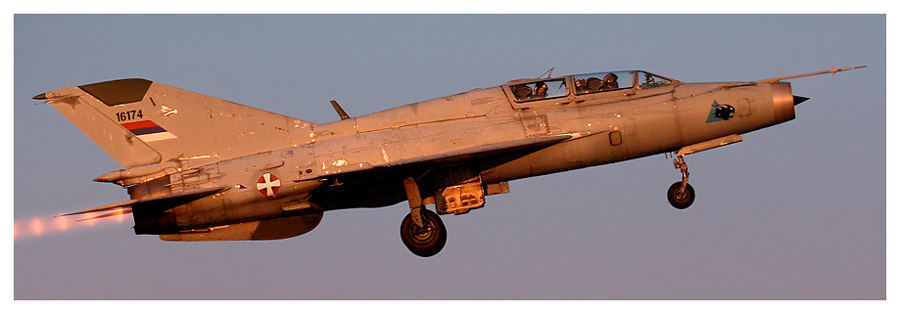 |
|
MIG 21 FISHBED - MOLNIA 81322 |
|
 |
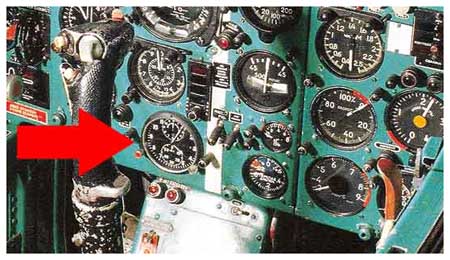 |
THE CLOCKThis clock is the successor to the MiG-15's Wostok clock, made by the Molnia brand. It equipped the vast majority of aircraft from the Warsaw Pact nations during the Cold War. While the dial closely resembles its predecessor's design, the movement is entirely different.The Molnia watch features two barrels that can be wound for three days' worth of power. Additionally, it boasts 21 jewels and, like many Russian watches, includes an internal heating element to avoid oil from freezing. |
|
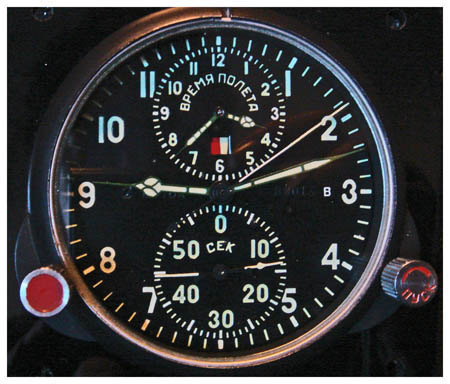 |
|
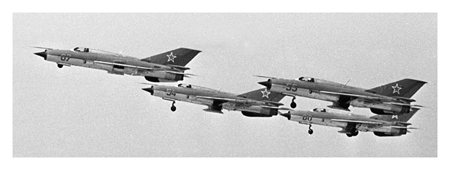 |
|
 |
THE PLANEThe Mikoyan-Gurevich MiG-21 is the most produced military aircraft after the C-130 Hercules since World War II, with over 13,500 units built and used by more than 56 countries.Capable of reaching Mach 2 in level flight, it stood out for its great maneuverability, especially at high altitudes, as well as the simplicity of its maintenance and operation. However, its armament was insufficient, limited to a 30mm cannon and infrared missiles.Other disadvantages included its inability to operate in all-weather conditions, a limited radar with an effective range of 15 miles, and a short flight range, which even with external drop tanks only reached a maximum of one hour.The MiG-21 continues to fly today in updated versions, mainly by the Israeli Air Force. It has been used in the last 30 conflicts, such as the Gulf War and the war in Yugoslavia.In the Vietnam War, the MiG-21, taking advantage of its easy maintenance and operation, was operated from small auxiliary airfields or even roads using rockets for takeoff. In this way, they could surprise American bombers, attack them, and quickly escape.
THE COCKPITThe cramped cockpit of the MiG-21 offered no place to rest either the arms or the hands.The seat was very deep and could not be adjusted for height. The cockpit temperature had to be set before takeoff to one of three options: 16°C, 20°C, or 25°C. Once set, it could not be changed. |
 |
|
 |
|
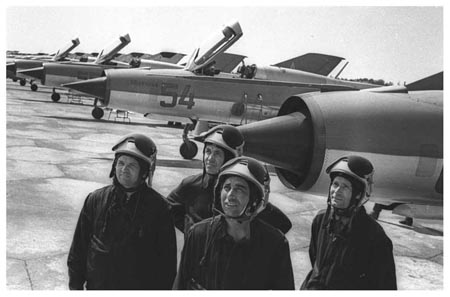 |
|
During interceptions and combat, the workload in the cockpit was very high. In addition to flying, the pilot had to operate the radar, manage the fuel (which had 7 tanks), and manipulate the weapon selection and activation system. This system had many buttons scattered around the cockpit, which sometimes forced the pilot to switch hands in the middle of combat to activate certain controls. |
|
OPERACIÓN BOLO |
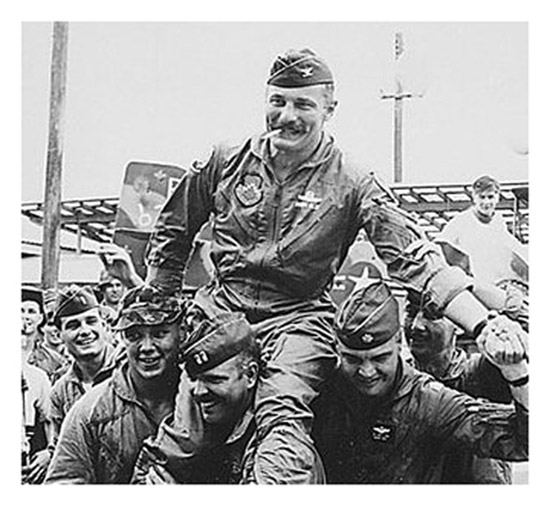 |
In the Vietnam War, due to strange political agreements, Vietnamese bases could not be attacked to avoid damaging any Russian aircraft and preventing the Soviet Union from getting involved in the conflict.The Vietnamese never engaged in combat. They would attack the bombers and flee. They also had strong artillery and anti-aircraft missile coverage. The targets and strategy of the Americans were decided in Washington based on political reasons rather than the war, giving absurd orders such as flying at the same times and along the same routes every day. This meant that the enemy only had to wait. All of this caused great casualties (43 American planes shot down in July 1966) and demoralization of the Air Force. It also coincided with a major development in commercial aviation, so 1,400 pilots left the military.In this situation, Robin Olds, a World War II ace with 12 kills, was appointed commander of the 8th Tactical Fighter Wing of the Air Force. He instilled a great spirit in his squadron, flying at the front of his men and training them for war.Olds designed "OPERATION BOLO", which consisted of deceiving the enemy by imitating F-105 squadrons while actually flying F-4s. This way, he would lure the MIG-21s into combat with the F-4s.On January 2, 1967, four groups of four F-4s took off, flying the daily routes of the F-105s. They used the same radio frequencies, call signs, times, and flight patterns as the F-105s. Some F-4s were even equipped with the same electronic countermeasures as the F-105s.The F-4s waited above a layer of clouds at medium altitude for the MIGs, which soon attacked them. When the MIGs emerged from the clouds and made visual contact, they realized that these were not the usual F-105s. Their bewildered commanders were unable to react in time, and 7 MIG-21s were shot down without any losses to the Americans. This forced the enemy to change tactics.In the photo, Colonel Olds is seen with his bulletproof mustache.From the book FIGHTER PILOT by Robin Olds, incredible stories, highly recommended. |
GO TO - CLOCKS FOR SALE |
GO TOP OF THE PAGE |
HOME |